The landing gear supports the aircraft during landing and while it is on the ground. Simple aircraft that fly at low speeds generally have fixed gear. This means the gear is stationary and does not retract for flight. Faster, more complex aircraft have retractable landing gear.
Also, read – Why are airplanes painted white?
After takeoff, the landing gear is retracted into the fuselage or wings and out of the airstream. This is important because extended gear creates significant parasite drag which reduces performance. Parasite drag is caused by the friction of the air flowing over the gear.
It increases with speed.
On very light, slow aircraft, the extra weight that accompanies a retractable landing gear is more of a detriment than the drag caused by the fixed gear. Lightweight fairings and wheel pants can be used to keep drag to a minimum.
Figure 1 shows examples of fixed and retractable gear.
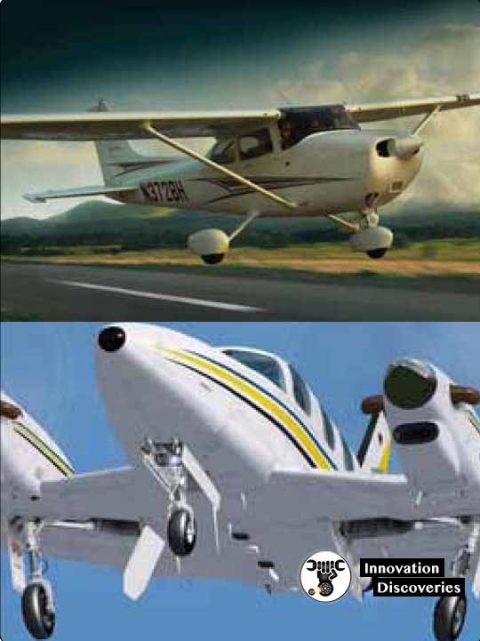
Landing gear must be strong enough to withstand the forces of landing when the aircraft is fully loaded. In addition to strength,
A major design goal is to have the gear assembly be as light as possible.
To accomplish this,
Landing gear is made from a wide range of materials including steel,
Aluminum, and magnesium.
Wheels and tires are designed specifically for aviation use and have unique operating characteristics. Main wheel assemblies usually have a braking system.
To aid with the potentially high impact of landing,
Most landing gear have a means of either absorbing shock or accepting shock;
And distributing it so that the structure is not damaged.
Not all aircraft landing gear are configured with wheels. Helicopters, for example,
Have such high maneuverability and low landing speeds that a set of fixed skids is common and quite functional with lower maintenance.
The same applies to free balloons that fly slowly and land on wood skids attached to the gondola floor. Other aircraft landing gear is for service on water fitted with pontoons or floats. A large amount of drag accompanies this type of gear,
But an aircraft that can land and take off on water can be very useful in certain environments.
Even skis can be found under some aircraft for operation on snow and ice. Figure 2 shows some of these alternative landing gear, the majority of which are the fixed-gear type.
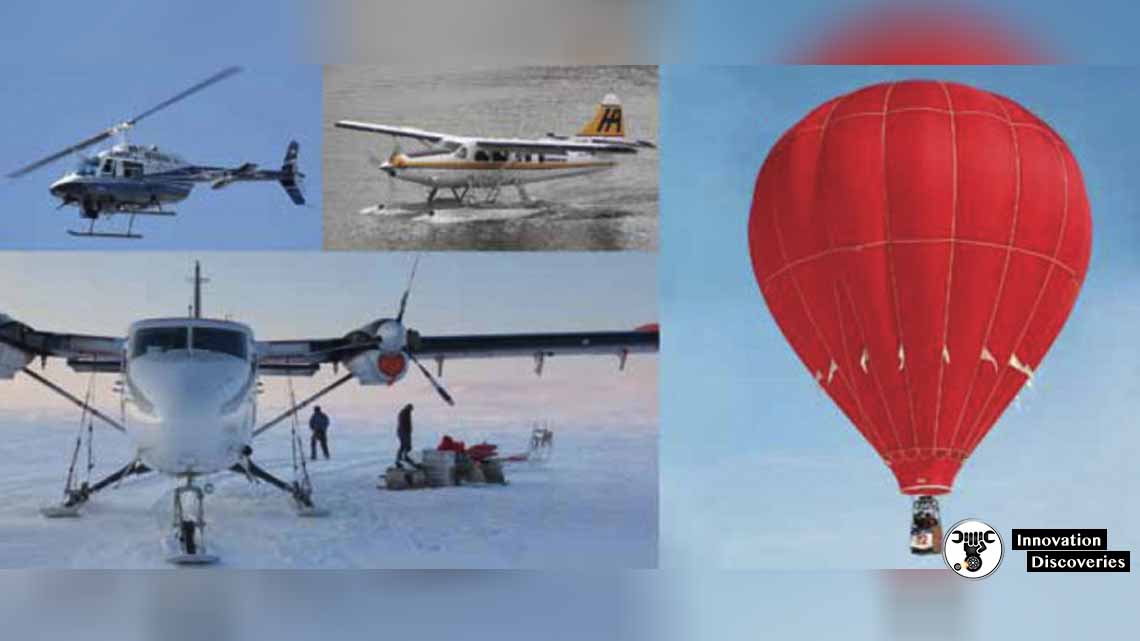
Amphibious aircraft are aircraft than can land either on land or on water.
On some aircraft designed for such dual usage,
The bottom half of the fuselage acts as a hull.
Also, read – How Do Airplanes Fly? Components
Usually,
It is accompanied by outriggers on the underside of the wings near the tips to aid in water landing and taxi. Main gear that retracts into the fuselage is only extended
When landing on the ground or a runway. This type of amphibious aircraft is sometimes called a flying boat. [Figure 3]

Many aircraft originally designed for land use can be fitted with
Floats with retractable wheels for amphibious use.
[Figure 4] Typically, the gear retracts into the float when not needed.
Sometimes a dorsal fin is added to the aft underside of the fuselage for
Longitudinal stability during water operations.
It is even possible on some aircraft to direct this type of fin by tying its control into the aircraft’s rudder pedals. Skis can also be fitted with wheels that retract to allow
Landing on solid ground or snow and ice.
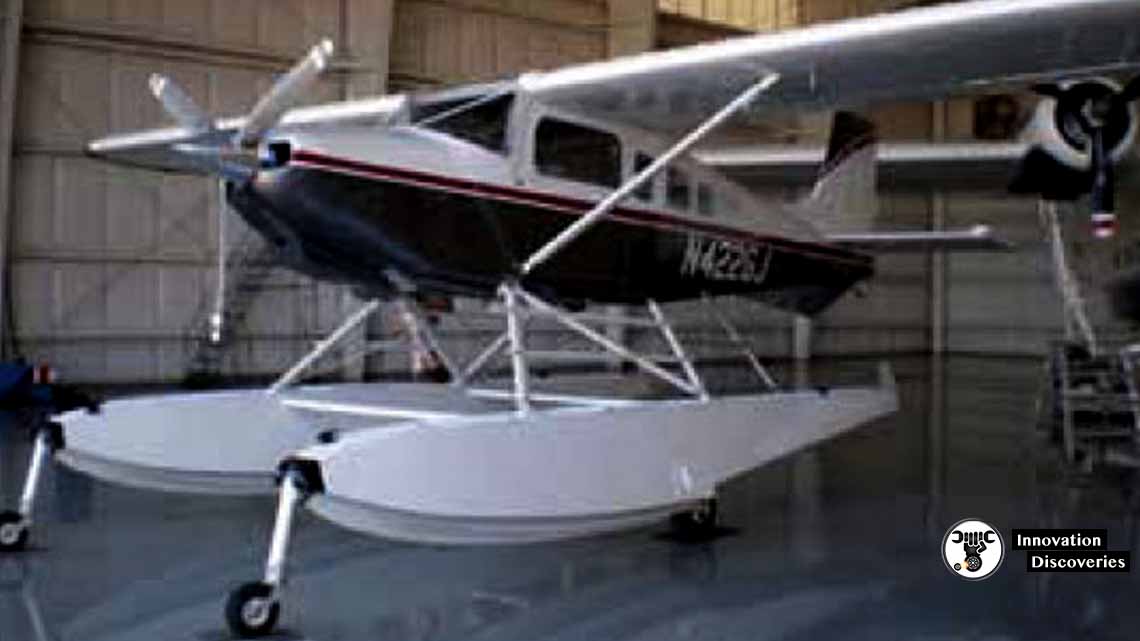


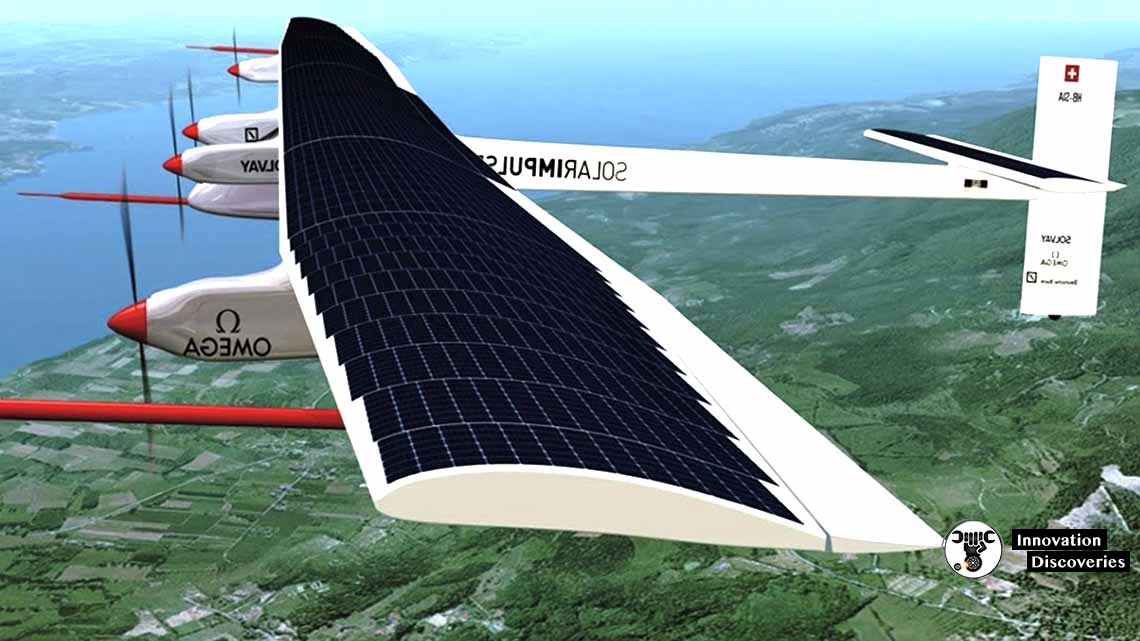
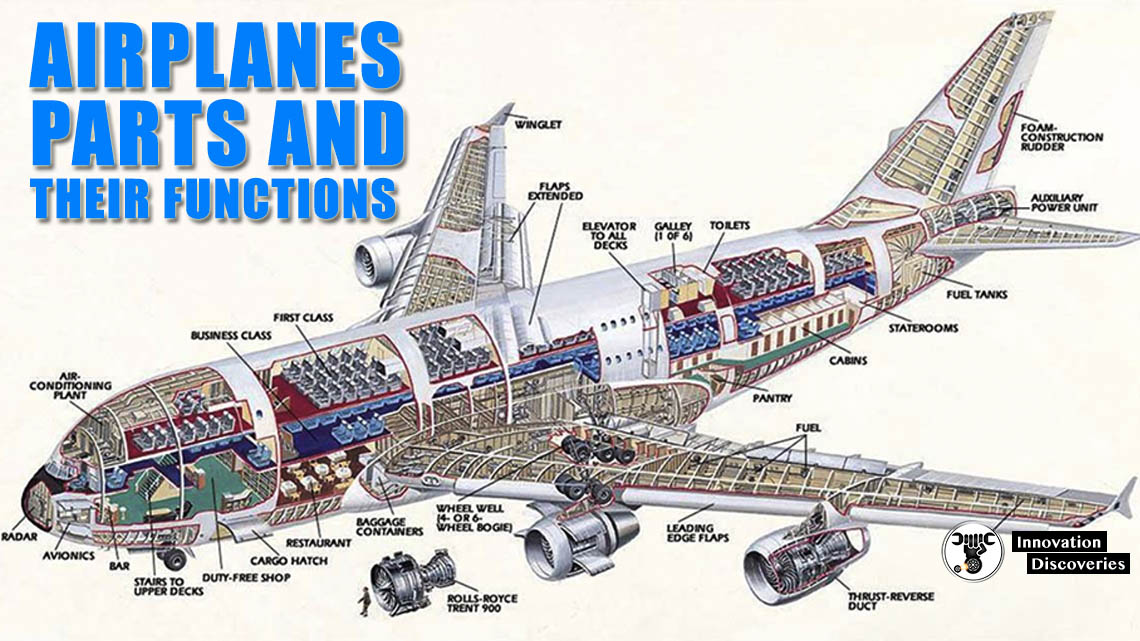

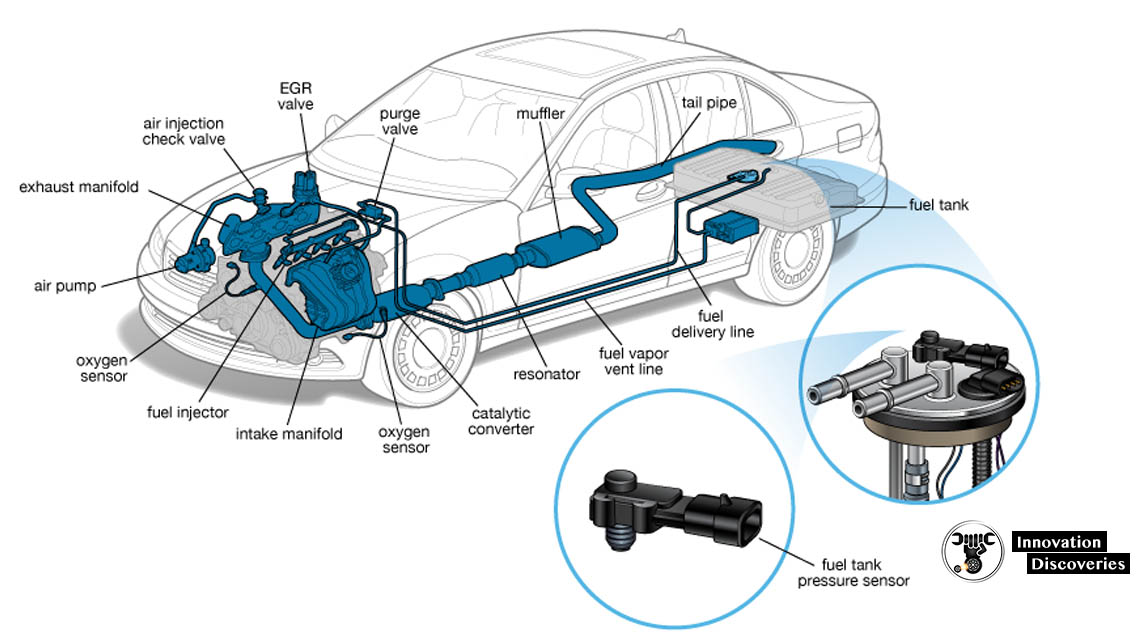
2 Comments